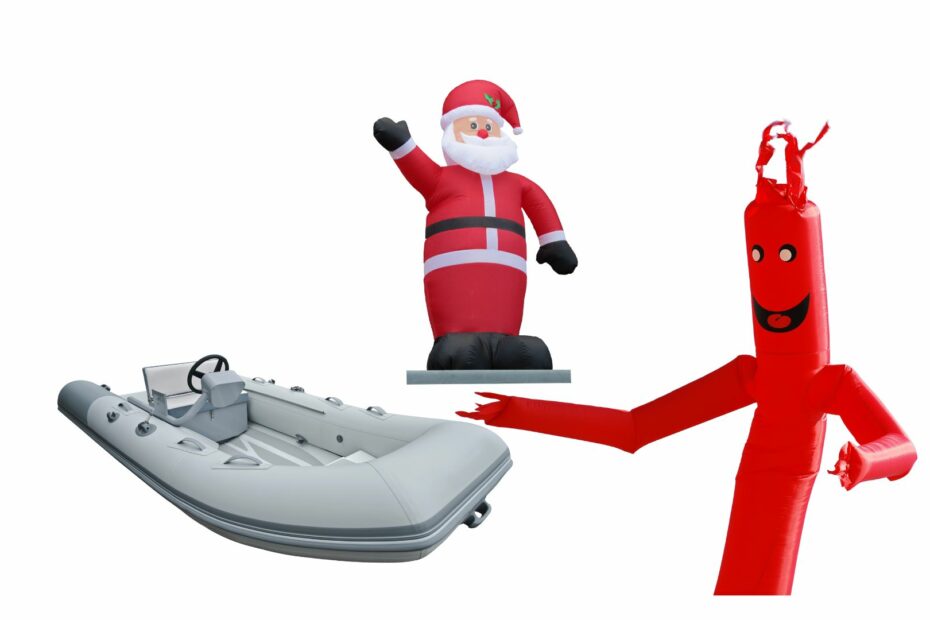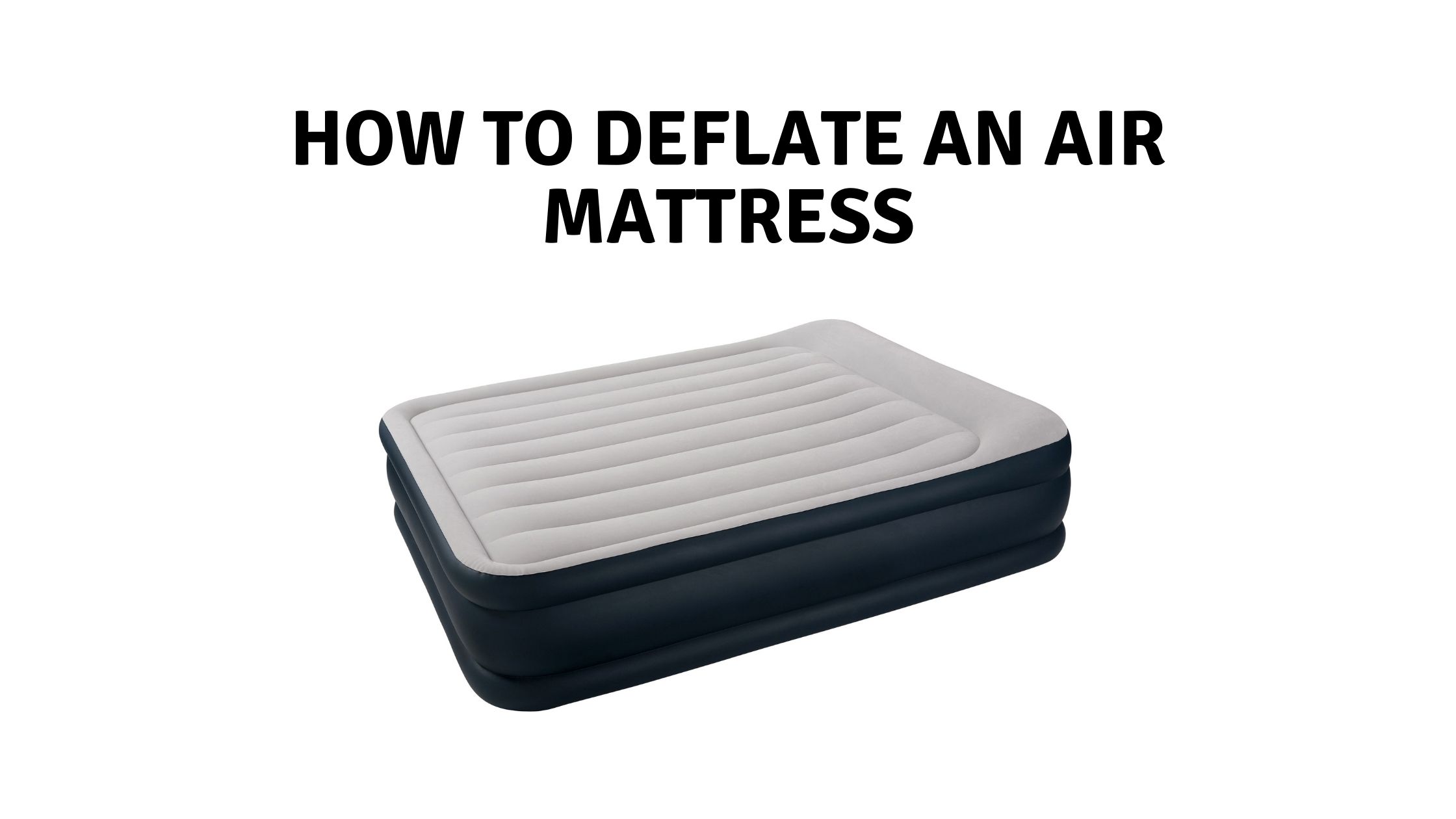Inflatables, whether they’re pool toys, air mattresses, or inflatable hot tubs, are popular for their convenience and fun factor. However, it can be frustrating when they refuse to inflate properly. Understanding the common reasons behind this issue can help you quickly diagnose and resolve the problem. This article explores the typical causes and solutions for inflatables not inflating.
Common Reasons for Inflation Issues
1. Air Leak or Puncture:
- Symptoms: The inflatable deflates quickly after being inflated or fails to inflate fully.
- Solution: Check for holes or tears. You can use soapy water over the surface to spot air bubbles from leaks. Patch kits are often effective for small punctures.
2. Faulty Valve:
- Symptoms: Air escapes as soon as you stop pumping.
- Solution: Ensure the valve is securely closed. If the valve itself is damaged, it may need to be replaced.
3. Inadequate Air Pump:
- Symptoms: The inflatable takes an exceptionally long time to inflate, or the pump seems to struggle.
- Solution: Use a pump that is appropriately sized for the inflatable. Larger inflatables require more powerful pumps.
4. Incorrect Pump Nozzle:
- Symptoms: The pump doesn’t fit properly into the inflatable’s valve.
- Solution: Use the correct nozzle attachment for the valve. Most pumps come with multiple nozzle sizes.
5. Overuse or Wear and Tear:
- Symptoms: Older inflatables that have been used frequently may not hold air as well.
- Solution: Regular maintenance is key. However, if the material has weakened significantly, it might be time for a replacement.
6. Temperature Effects:
- Symptoms: The inflatable seems less firm in colder temperatures.
- Solution: Understand that air contracts in colder weather, making inflatables softer. Reinflate if necessary, considering temperature changes.
7. Improper Storage:
- Symptoms: Inflatables that have been stored improperly, like in direct sunlight or in damp areas, might have compromised material integrity.
- Solution: Store inflatables in a cool, dry place away from direct sunlight.
Additional Tips
- Regular Checks: Regularly inspect your inflatable for any signs of wear or damage.
- Proper Inflation: Ensure you’re inflating the item to the recommended level. Over or under-inflation can cause issues.
- Quality Matters: Invest in high-quality inflatables and pumps for longevity and better performance.
Why Is My Inflatable Not Inflating All The Way
If your inflatable, also known as a blow-up or air-filled object, isn’t inflating all the way, it could be due to several reasons. Common issues include a leak or puncture in the material, which allows air to escape. The inflation valve might be damaged or not properly sealed, causing air leakage. Additionally, insufficient air pressure or a malfunctioning air pump can also result in incomplete inflation. It’s important to check the inflatable for any visible signs of damage, ensure the valve is secure and working correctly, and verify that the air pump is functioning properly. In summary, the most common reasons for an inflatable not fully inflating include leaks, valve issues, and inadequate air pressure.
There are several reasons why an inflatable might not inflate fully. Here are some of the common causes:
- Leaks or Punctures: Small holes or tears in the material of the inflatable can allow air to escape, preventing it from inflating fully. These can be due to wear and tear, sharp objects, or poor material quality.
- Faulty Valve: The valve, which is used to inflate and deflate the object, might be damaged or not sealing properly. This could lead to air leakage even if the inflatable itself is intact.
- Inadequate Air Pressure: If the air pump being used isn’t powerful enough or is malfunctioning, it may not be able to provide enough air pressure to fully inflate the object.
- Overuse or Wear and Tear: Over time, inflatables can lose their elasticity due to frequent use or exposure to elements like sunlight, chlorine, or saltwater, making them less capable of full inflation.
- Incorrect Inflation Method: Sometimes the issue could be with the method of inflation, such as not using the correct pump or not following the manufacturer’s instructions for inflation.
- Temperature Effects: Extreme temperatures, especially cold, can cause the material to contract, making it seem less inflated. Air density also changes with temperature, affecting inflation.
- Blockage in the Inflation Pathway: There could be a blockage in the tube or hose used for inflation, or within the internal structure of the inflatable, restricting air flow.
Addressing these issues usually involves checking for leaks, ensuring the valve is functional, using the correct pump, and taking care of the inflatable to prevent wear and tear.
Conclusion
Inflatable items not inflating properly can be due to a variety of reasons, from simple issues like using the wrong pump nozzle to more complex problems like air leaks or valve damage. By understanding these common causes and their solutions, you can ensure that your inflatables are ready for use whenever you need them. Regular maintenance and proper storage can greatly extend the life and functionality of your inflatable products.
FAQs
Why is my inflatable pool toy not inflating fully?
The most common reason is a puncture or leak. Check the toy for any small holes or tears and use a patch kit if necessary. Also, ensure the valve is closed tightly.
How do I find a leak in my inflatable?
Inflate the item as much as possible, then apply soapy water over its surface. Bubbles will form where there is a leak. Check seams and valves carefully as they are common leak spots.
Can temperature affect how well my inflatable stays inflated?
Yes, air contracts in colder temperatures and expands in warmer temperatures. This can make inflatables feel softer in cold weather and firmer in hot weather. Adjust the air pressure to accommodate temperature changes.
What should I do if the valve on my inflatable is broken?
If the valve is damaged or malfunctioning, it may need to be replaced. Some inflatables come with spare valves, or you can purchase a replacement from the manufacturer or a third-party supplier.
Is it possible to over-inflate an inflatable, and what are the risks?
Over-inflation can stretch and weaken the material, leading to leaks or bursts. Always inflate to the manufacturer’s recommended pressure and check for firmness without excessive tightness.
My inflatable deflates slowly over time, is this normal?
Some air loss is normal, especially for larger inflatables or those used frequently. However, if deflation is rapid or the inflatable can’t hold air for a reasonable period, check for leaks or valve issues.
How do I choose the right pump for my inflatable?
Select a pump that matches the size and valve type of your inflatable. Larger items like inflatable hot tubs or boats may require more powerful electric pumps, while smaller items can be inflated with manual pumps or foot pumps.
Can I repair a punctured inflatable myself?
Yes, small punctures can often be repaired with a patch kit designed for inflatables. Clean and dry the area around the puncture before applying the patch according to the kit instructions.
How should I store my inflatable when not in use?
Deflate the inflatable, clean it, and let it dry completely. Then, fold it loosely and store it in a cool, dry place away from direct sunlight and sharp objects.
Can improper storage lead to inflation issues?
Yes, storing inflatables in damp environments or under direct sunlight can degrade the material, making them more susceptible to leaks and inflation problems.


